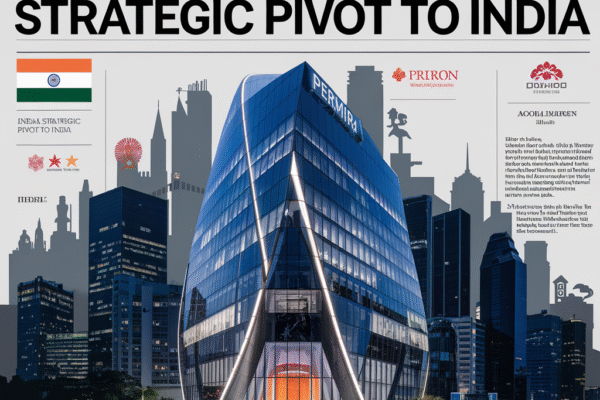Key Highlights
- Private equity firms are gearing up for a significant surge in mergers and acquisitions.
- Economic uncertainty presents opportunities for strategic acquisitions and value creation.
- Recent trends show a focus on operational improvements, ESG considerations, and buy-and-build strategies.
- Technology is driving transformations in target companies, enhancing their acquisition appeal.
Private Equity M&A Surge – Industry Context and Current Trends
The private equity (PE) industry is poised for a significant surge in mergers and acquisitions (M&A) as firms seek to capitalize on opportunities amidst economic uncertainty. The current landscape is marked by a renewed focus on operational improvements and value creation, with PE firms leveraging advanced analytics tools and expertise to enhance the value of their portfolio companies.
Additionally, the industry is shifting towards more sustainable and socially conscious corporate behavior, with environmental, social, and governance (ESG) considerations playing a significant role in investment decisions.
Recent M&A Activity in the PE Sector
Recent M&A transactions led by PE firms have seen significant growth, with key statistics indicating a surge in activity. For instance, a study by BCG found that the share of PE deals that include add-on acquisitions climbed from 20% of all deals in 2000 to 53% in 2012, with these deals generating an average internal rate of return (IRR) of 31.6% compared to 23.1% for standalone deals.
Target industries such as technology, healthcare, and renewable energy are gaining traction, with PE firms seeking to capitalize on growth opportunities in these sectors.
Historical Context: Lessons from Past M&A Trends
The M&A boom during the last economic recovery (post-2008 financial crisis) provides valuable insights into the strategies employed by PE firms. Notable case studies of successful and failed acquisitions from past PE deals highlight the importance of operational improvements and strategic planning.
Regulatory challenges and antitrust concerns have also shaped earlier acquisitions, with firms adapting to changing regulatory environments.
Strategies Employed by PE Firms
PE firms are adopting various strategies to drive value creation, including bolt-on acquisitions, distressed asset purchasing, and secondary buyouts. The increasing practice of involving co-investors is also becoming more prevalent, allowing firms to share risk and leverage expertise.
Risk Factors and Challenges Ahead
Despite the surge in M&A activity, potential challenges in the current environment include rising interest rates, market volatility, and regulatory scrutiny. Antitrust concerns and the need for firms to navigate complex regulatory landscapes are also key considerations.
Impact of Technology and Innovation
Technology is significantly shaping the M&A landscape, particularly for PE firms. Tech-driven transformations





